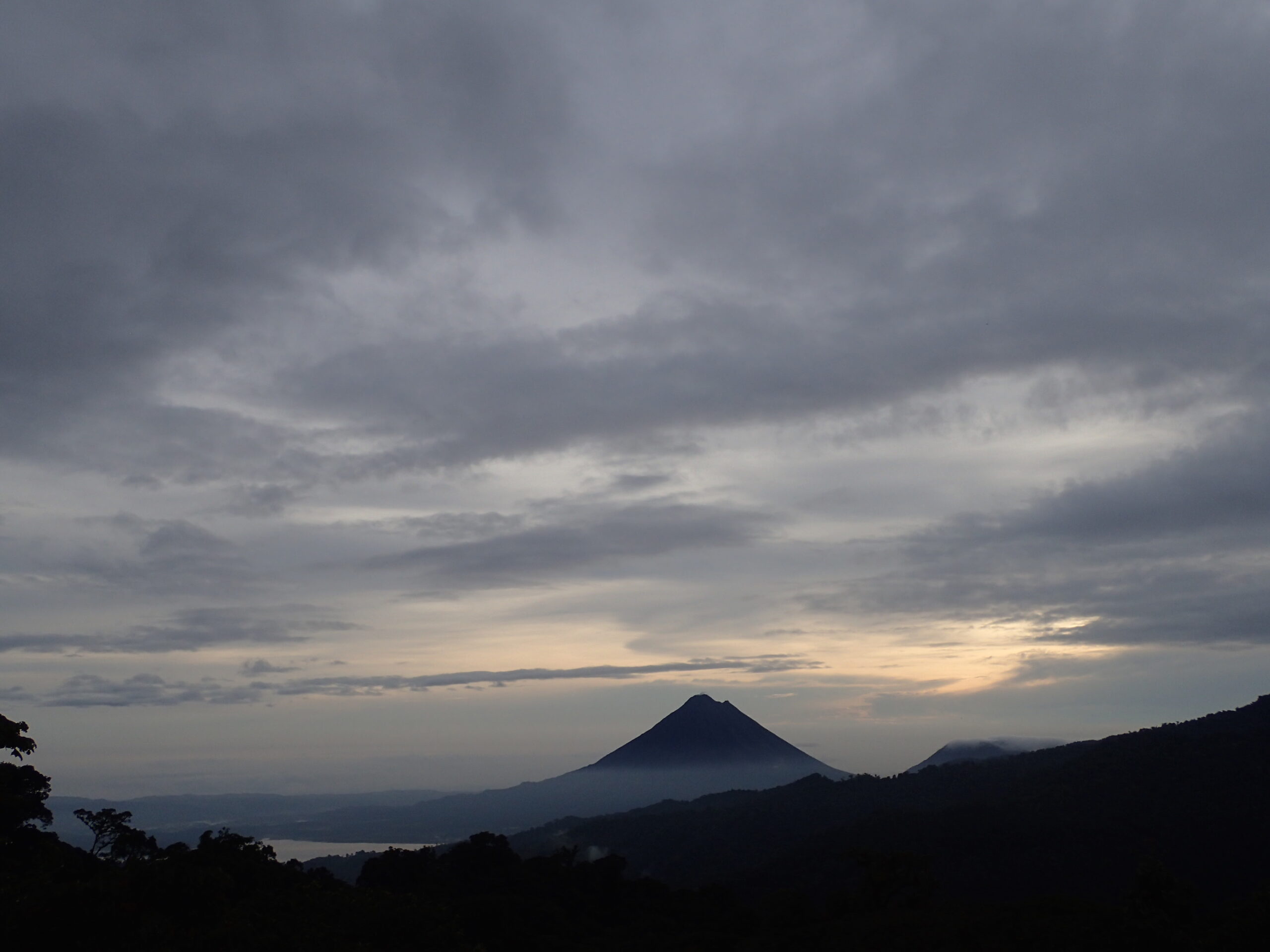

What Secondary Forests Can Tell Us About Our Future
Lindsay Jason and Amanda T. Rugenski
Odum School of Ecology, University of Georgia

San Luis de Monteverde, Costa Rica
Where we sampled
We collected data from primary and secondary forests of ages 15, 30-40, 50-70, and 70+ years
Introduction
Increasing rates of deforestation and destruction of primary forests have prompted a focus on the ecological importance of secondary forests amid emerging regeneration efforts. Secondary forests provide essential ecosystem services, such as sequestering CO2 and fostering diverse niches, but the extent of their role is still being studied. In the tropics, secondary forests cover 70% of the entire forested area and, thus, are more common than primary forests (Pain et al. 2020).
This study was conducted in a tropical premontane wet forests. Samples were from four sites: three in primary forest and four in secondary forest. The primary forest sites were 70+ years old; one secondary forest site was 15 years old, and the others were between 50 and 70 years old. The area of primary forest is decreasing worldwide and being replaced with secondary forest (McNamara et al. 2012).
Methods

Data were collected from transects made of 3 10×10 meter plots.
what was measured?
In each plot, a square meter quadrat was thrown randomly 3 times to measure several characteristics.
Quadrat measurements:
- Percent plant cover
- Understory plant abundance
- Ecomorph richness
Other measurements:
- Soil characteristics (probe)
- Above-ground biomass (measured by DBH > 10cm)
- Leaf litter depth (cm)
- Canopy Cover
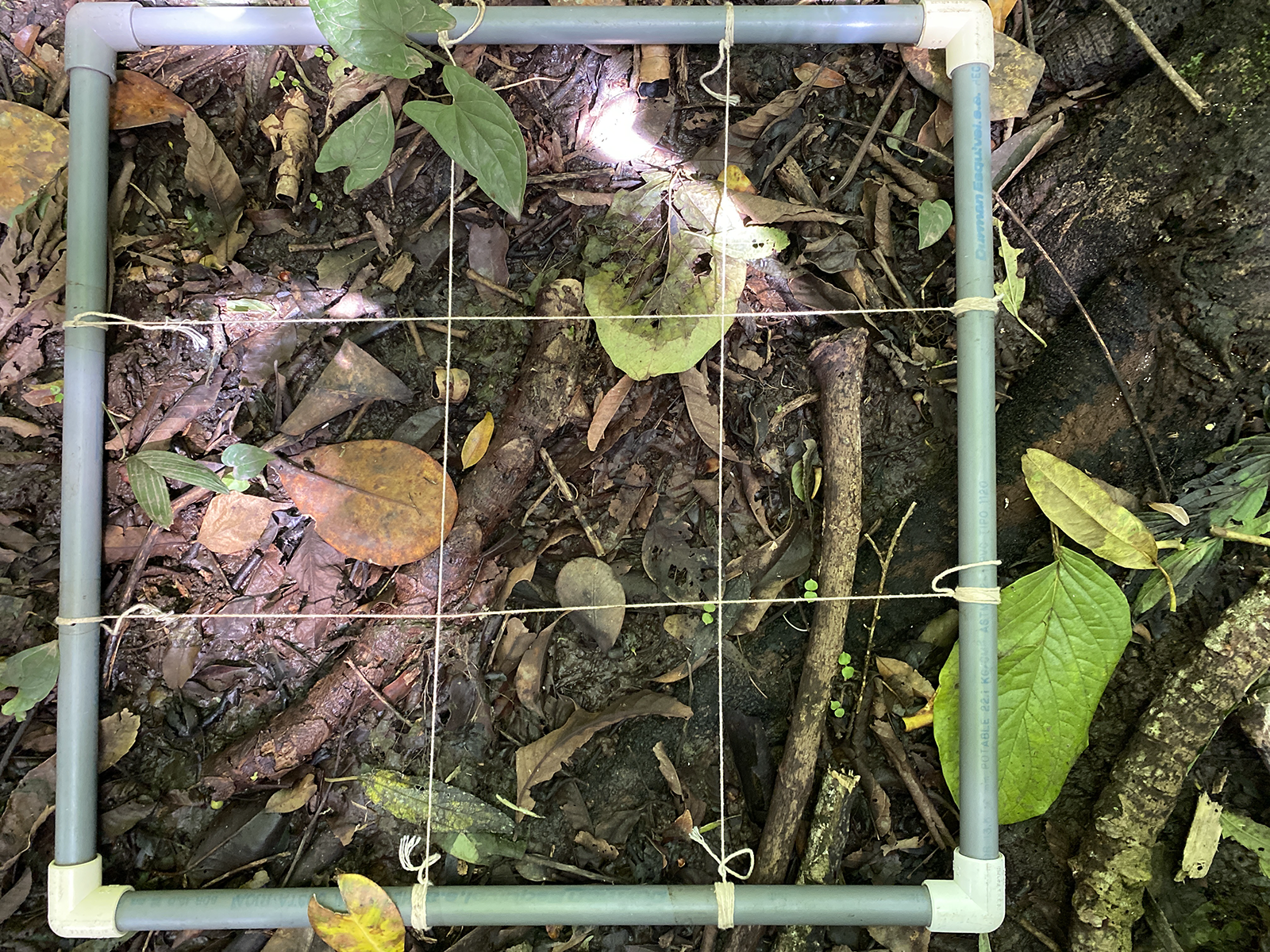
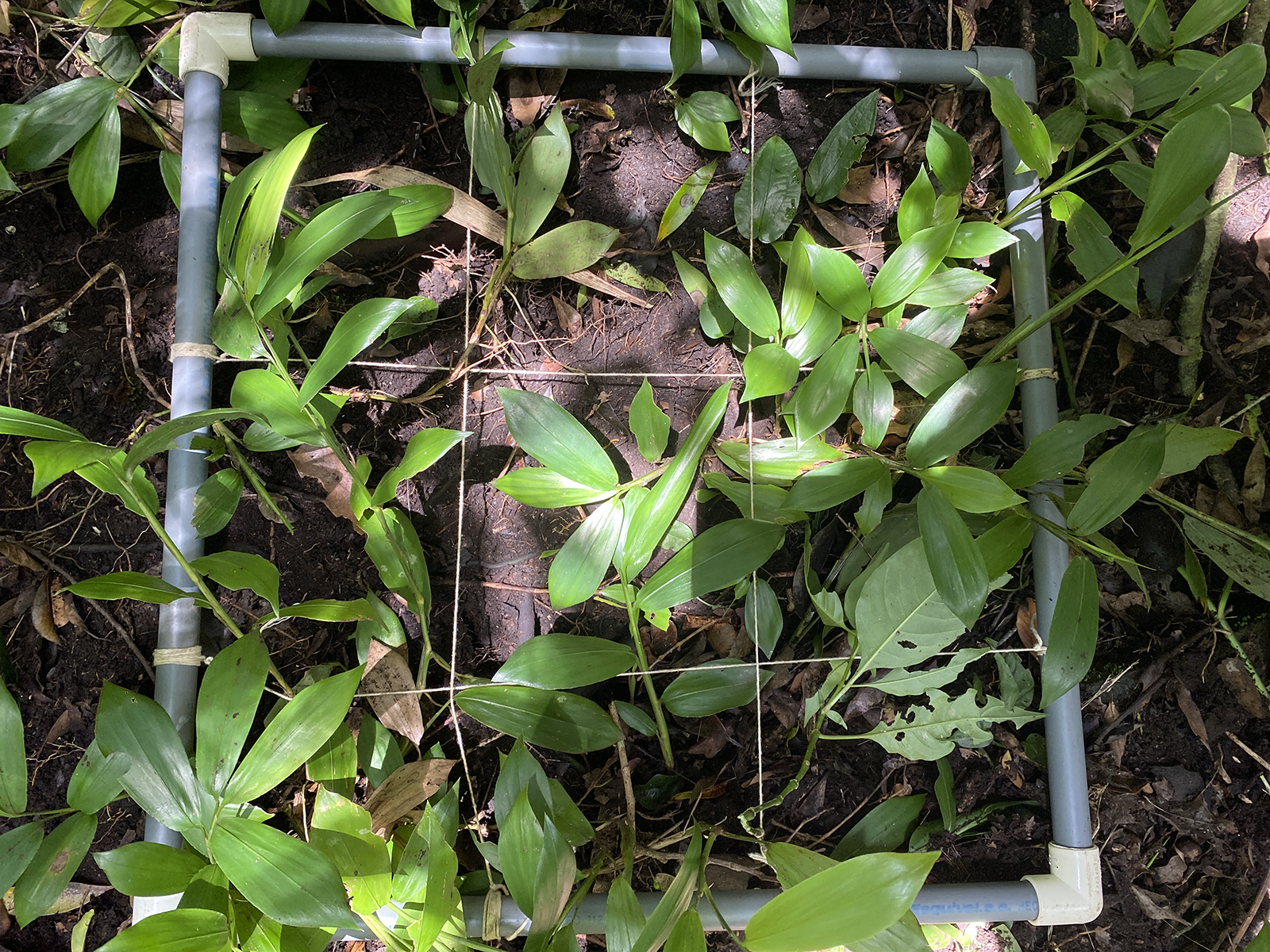
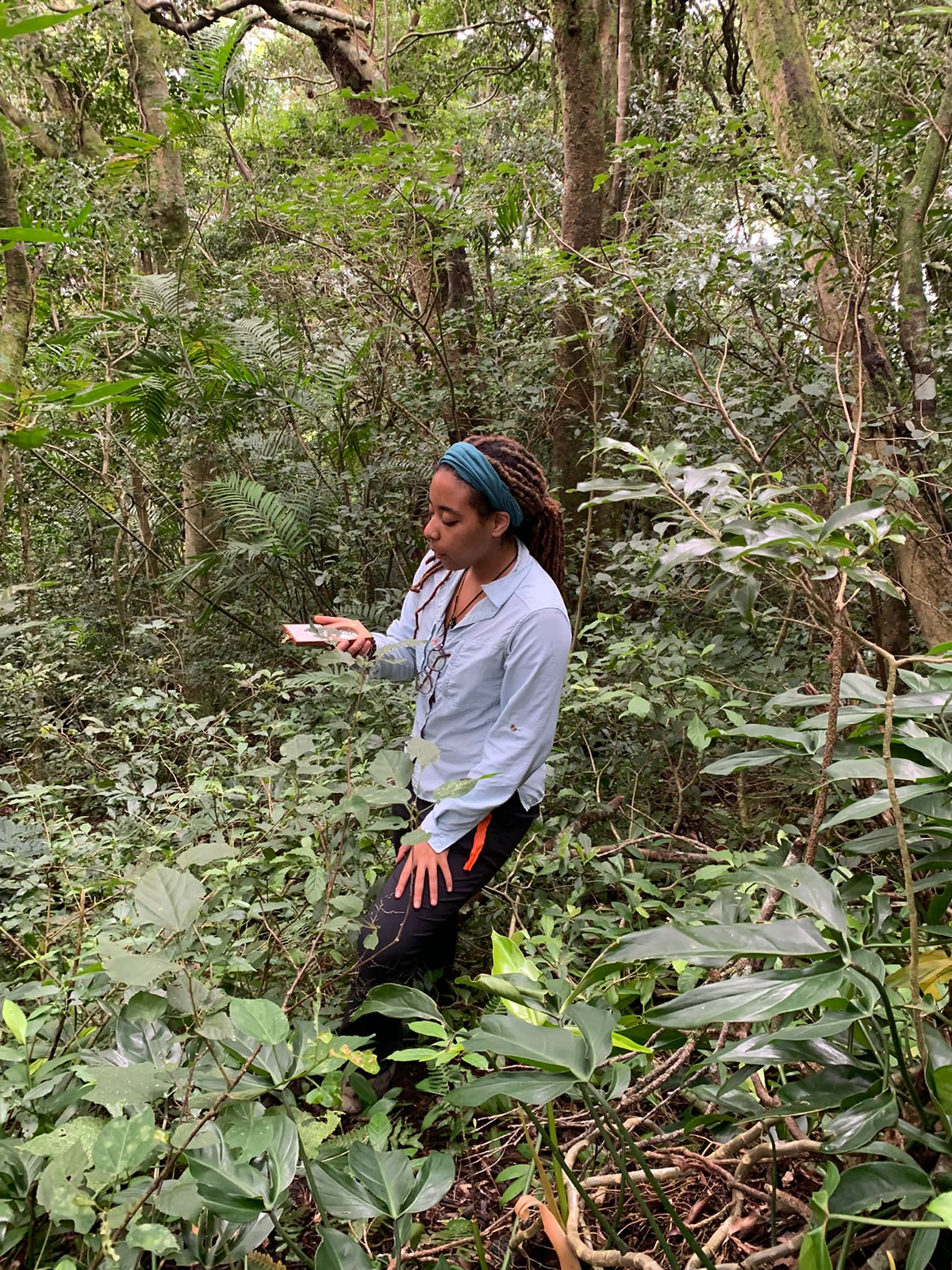
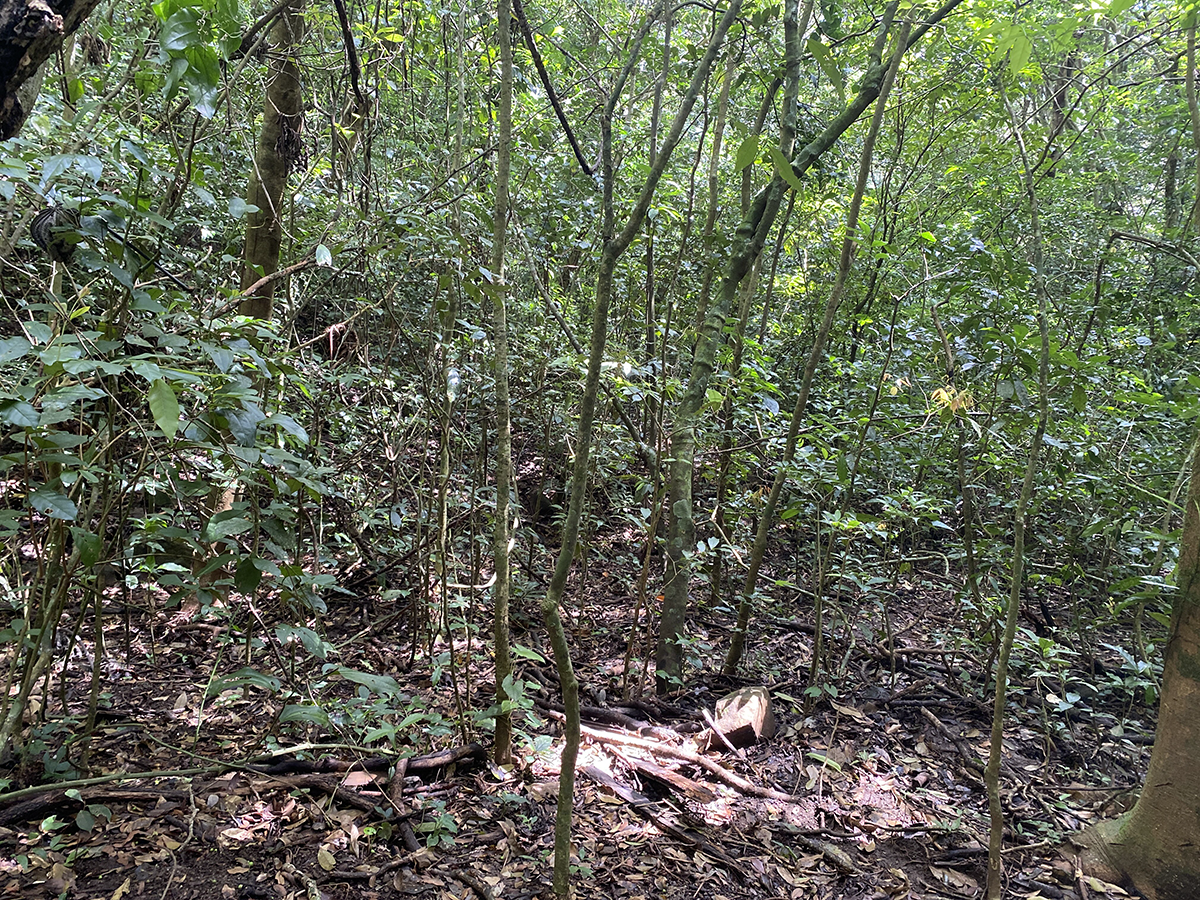

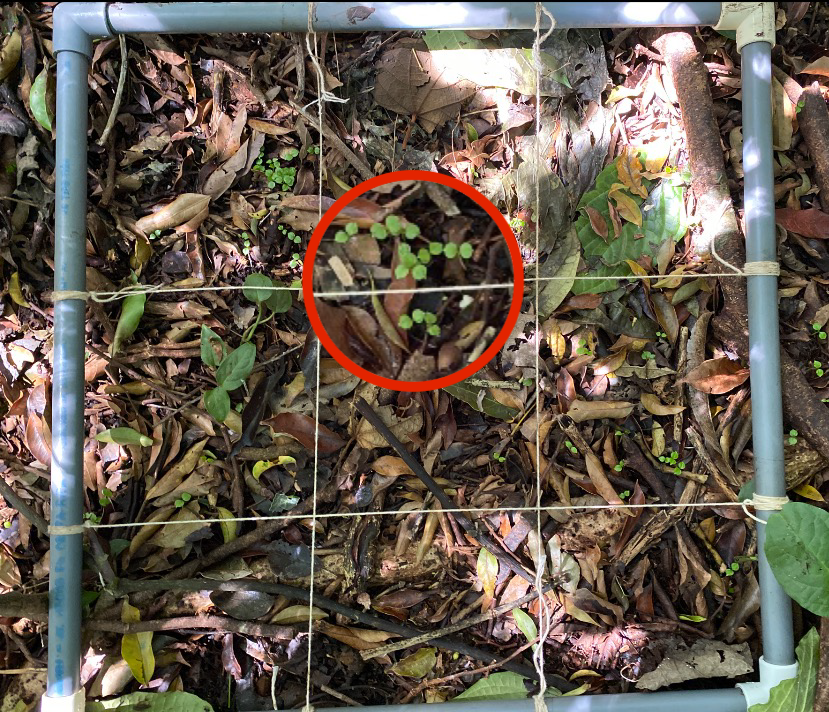
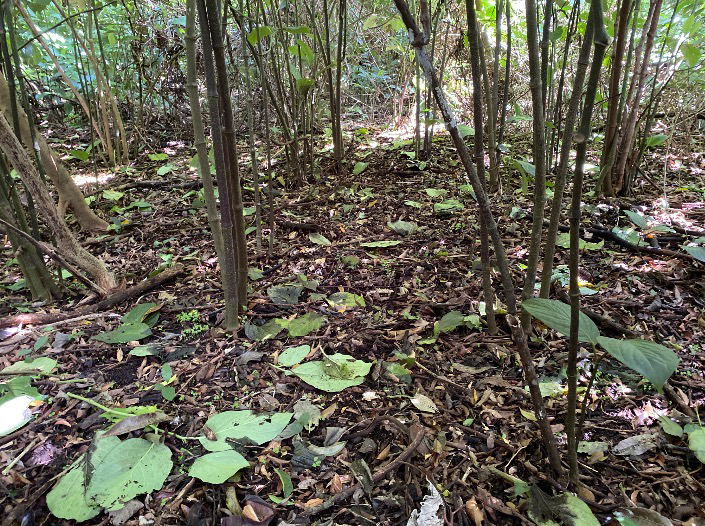
Understory composition varied among sites.
30-40 year old forests had a greater diversity of understory vs. overstory plants, whereas younger forests had more clearly dominant species
Pervasive within the 15 year old forest were tall, thin bamboo-like trees and very small plants present in clumps
Results
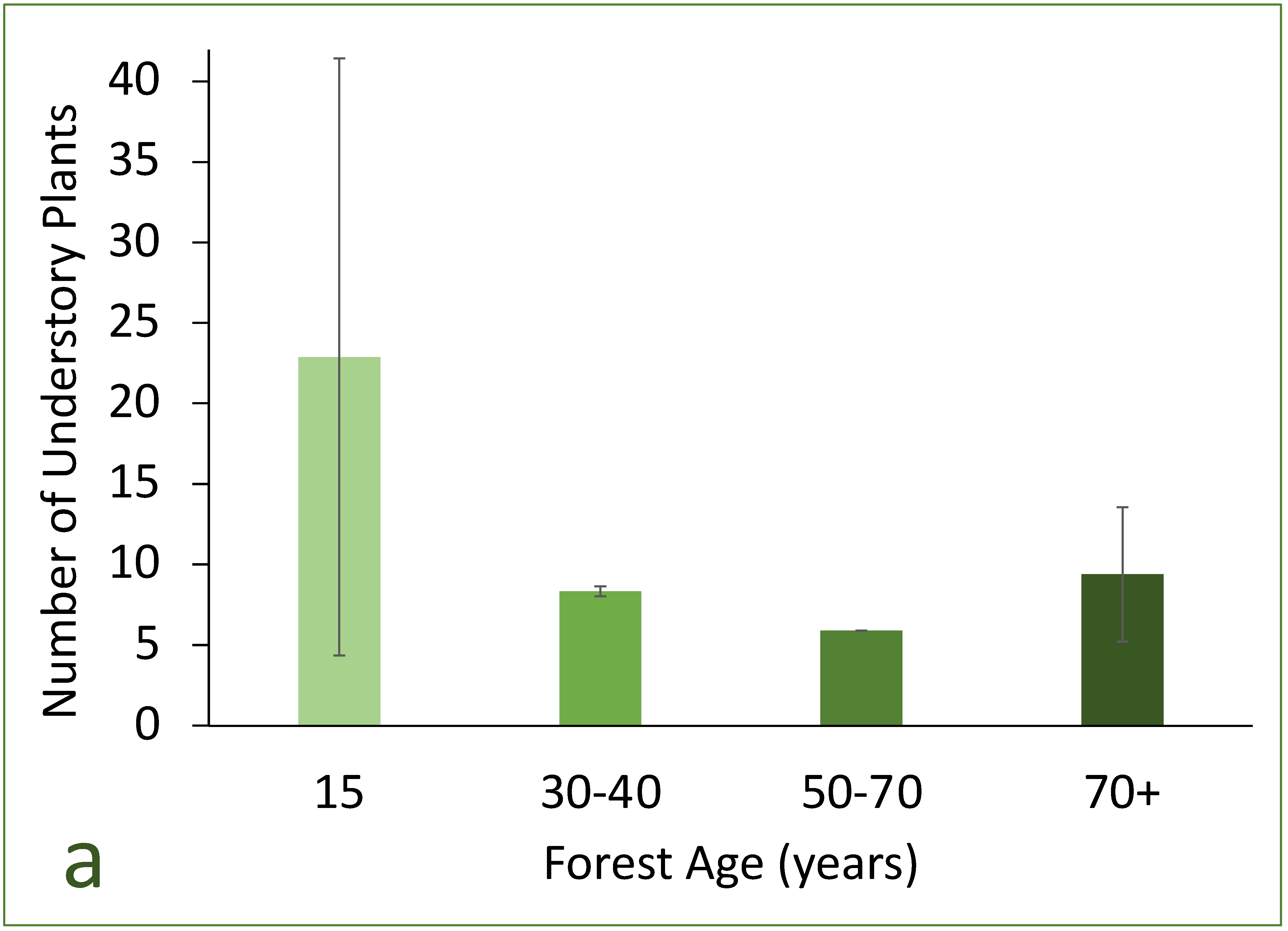
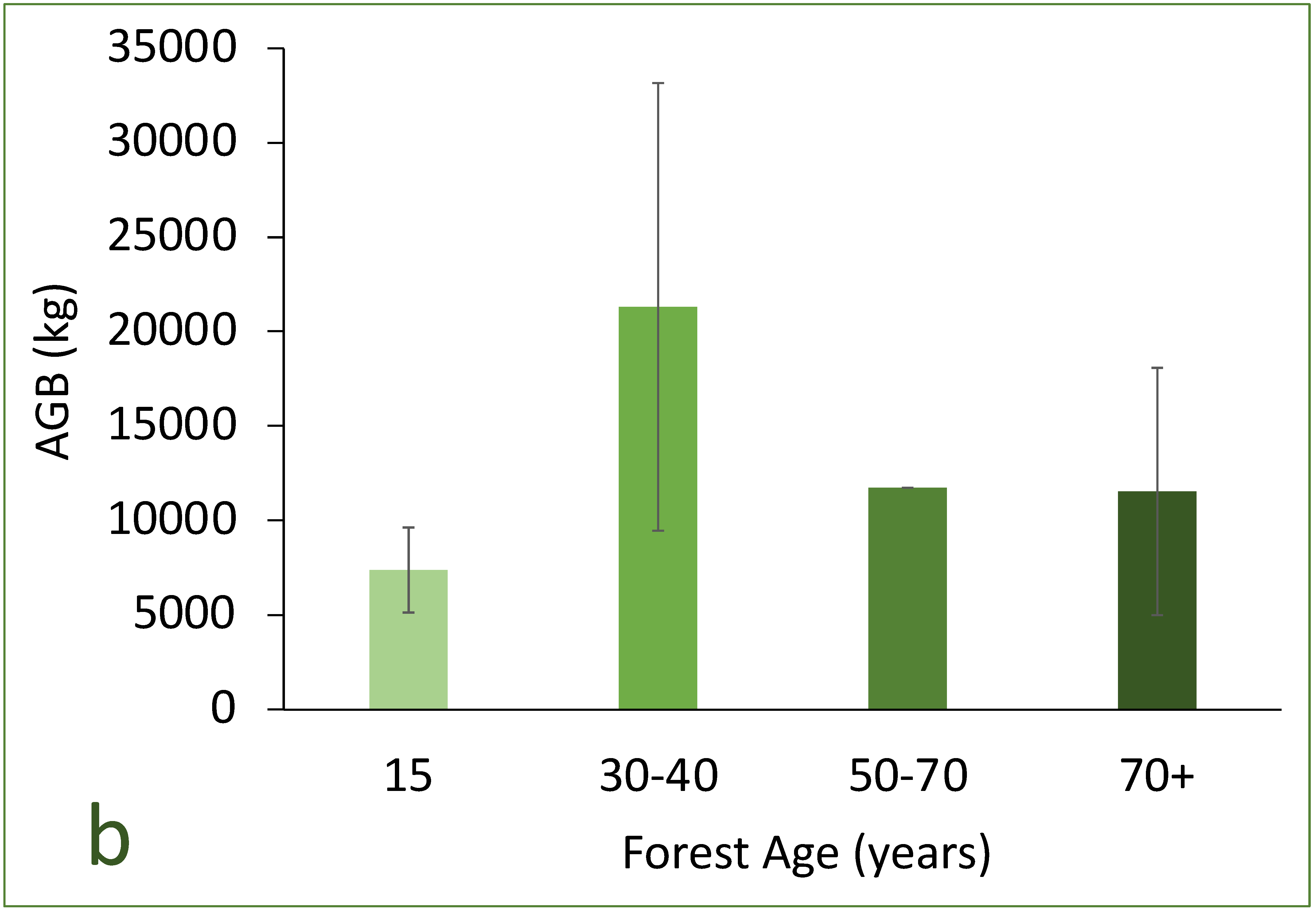

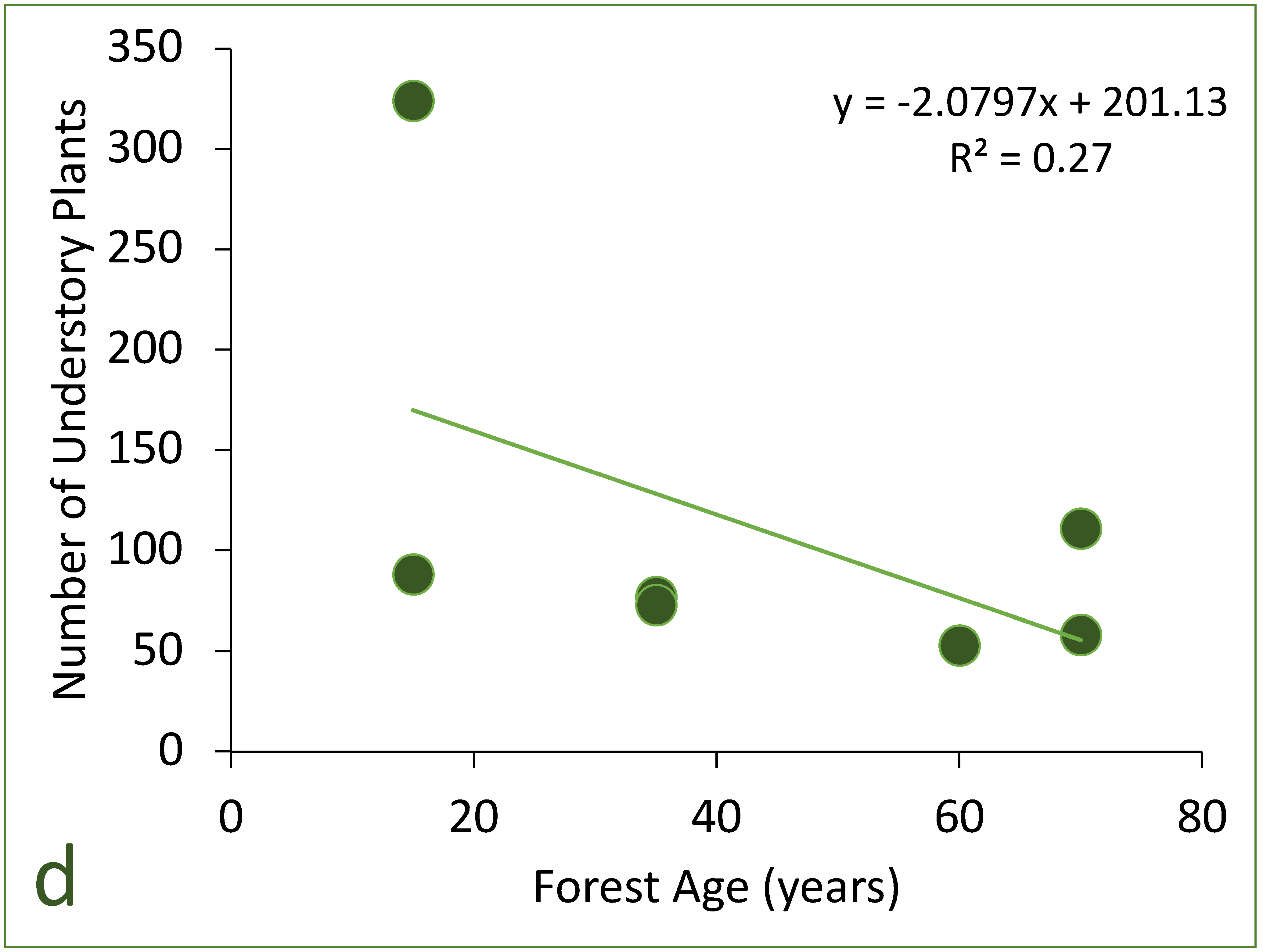
| Forest Age (years) | Canopy Cover (%) | Plant Cover (%) | Soil pH | Soil Moisture (%) | Leaf Litter (cm) |
|---|---|---|---|---|---|
| 15 | 90.39 ± 1.35 | 17.36 ± 11.96 | 6.73 ± 0.079 | 72.67 ± 4.87 | 2.17 ± 0.46 |
| 30-40 | 86.10 ± 1.92 | 19.67 ± 1.57 | 6.46 ± 0.16 | 71.78 ± 0.79 | 1.37 ± 0.85 |
| 50-70 | 19.33 ± 0 | 6.62 ± 0 | 74.22 ± 0 | 2.89 ± 0 | |
| 70+ | 88.6 ± 0.55 | 25.27 ± 8.86 | 6.89 ± 0.11 | 60.89 ± 4.87 | 1.05 ± 0.21 |
Discussion
Soil characteristics, canopy cover, and leaf litter all yielded similar mean values across age classes and forest type.
No correlation was found between forest age and percent plant cover, but the mean secondary forest was twice that of primary.
AGB of both primary and secondary were similar with no specific trend besides an increase in AGB with age in secondary forest.
So what?
An estimated 250-300 million hectares of land globally are undergoing a shift in cultivation and most of it is secondary forest in various stages of regrowth (Mertz et al. 2021). With a changing climate and primary forests being converted into secondary at the rate we see today, it is becoming increasingly important to understand the process of regeneration and how it may affect biodiversity, ecosystem services, etc.
Acknowledgements
Many thanks to the CIEE Monteverde faculty for their help identifying forest ages, classifications, and plots within them.
My gratitude to Carolyn Cummins, Cody Whitlock, Liz Shaffer, Preston Harden, Caroline Anscombe, Will Ellis, and Sam Nestor for their help with field sampling.
References
McNamara, S., P.D. Erskine, D. Lamb, L. Chantalangsy, S. Boyle. 2012. Primary tree species diversity in secondary fallow forests of Laos. Forest Ecology and Management 281:93-99.
Pain, A., K. Marquardt, A. Lindh, and N.J. Hasselquist. 2020. What is Secondary about Secondary Tropical Forest? Rethinking Forest Landscapes. Human Ecology 49:239-247
Mertz, O., Bruun, T.B., Jepsen, M.R., Ryan, C., Zaehringer, J.G., Hinrup, J and Heinimann, A. 2021. ‘Ecosystem service provision by secondary forest in shifting cultivation areas remains poorly under- stood.’ Human Ecology 49: 271–283
Download Original PDF of Poster
